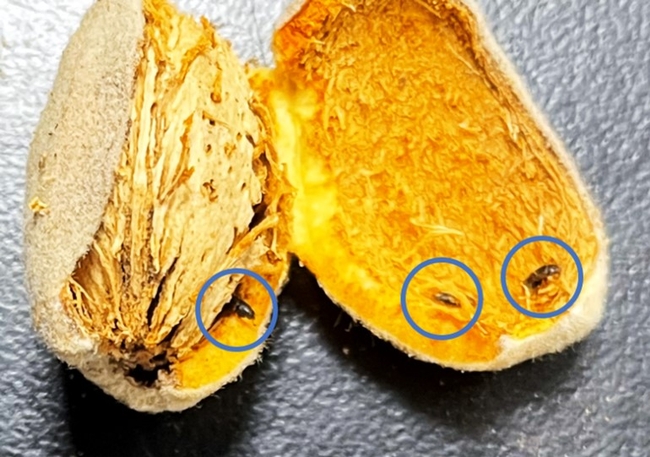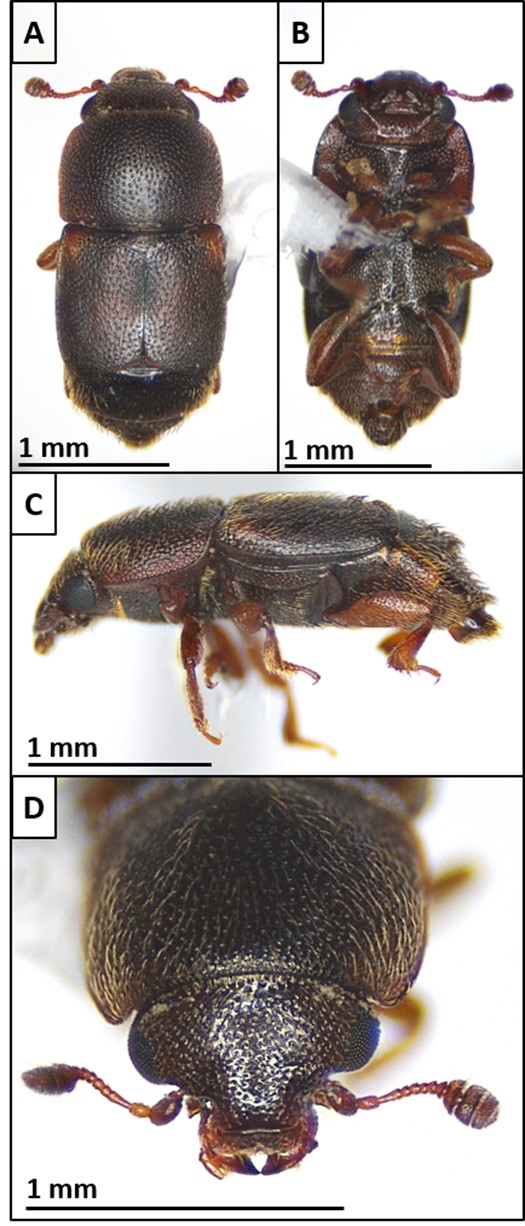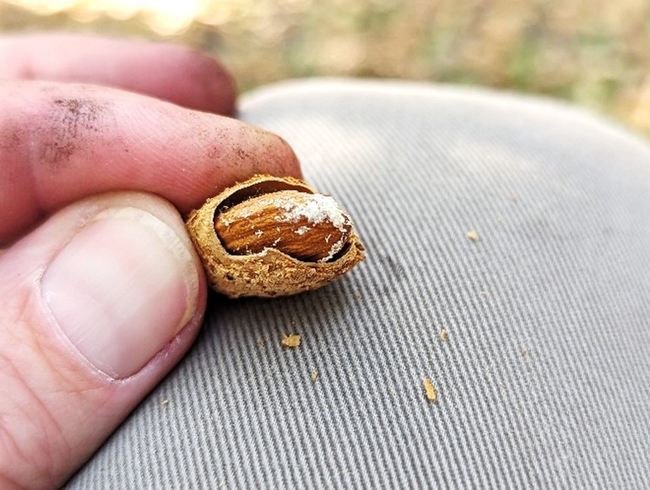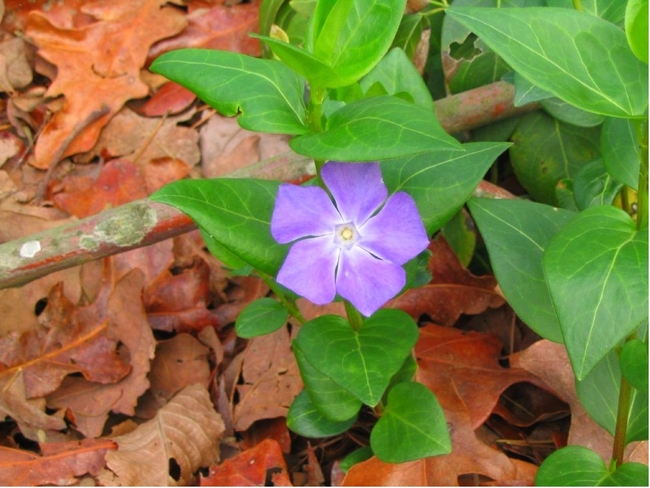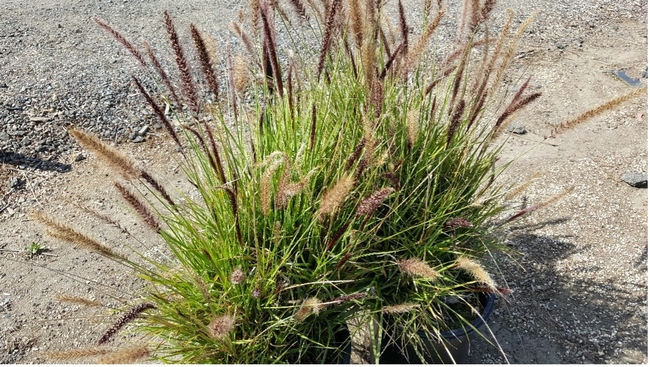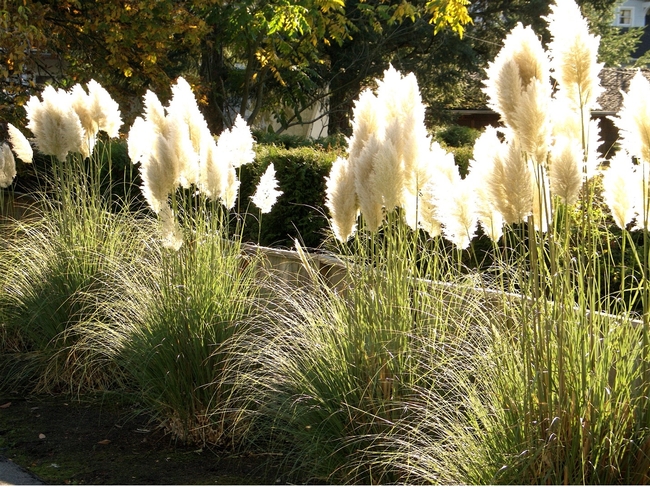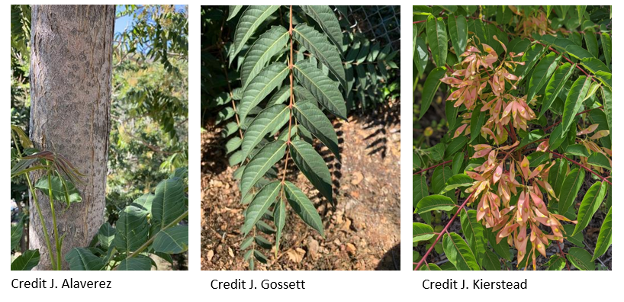Posts Tagged: invasive species
New pest infesting almonds and pistachios in the San Joaquin Valley
Crop sanitation will be key to controlling the invasive carpophilus beetle
Growers and pest control advisers (PCAs) should be on the lookout for a new pest called carpophilus beetle (Carpophilus truncatus). This pest was recently found infesting almonds and pistachios in the San Joaquin Valley, and is recognized as one of the top two pests of almond production in Australia. Damage occurs when adults and larvae feed directly on the kernel, causing reductions in both yield and quality.
Populations of carpophilus beetle were first detected in September in almond and pistachio orchards by University of California Cooperative Extension Specialist Houston Wilson of UC Riverside's Department of Entomology. Pest identification was subsequently confirmed by the California Department of Food and Agriculture.
Wilson is now working with Jhalendra Rijal, UC integrated pest management advisor, North San Joaquin Valley; David Haviland, UCCE farm advisor, Kern County; and other UCCE farm advisors to conduct a broader survey of orchards throughout the San Joaquin Valley to determine the extent of the outbreak.
To date, almond or pistachio orchards infested by carpophilus beetle have been confirmed in Stanislaus, Merced, Madera and Kings counties, suggesting that the establishment of this new pest is already widespread. In fact, some specimens from Merced County were from collections that were made in 2022, suggesting that the pest has been present in the San Joaquin Valley for at least a year already.
“It has likely been here for a few years based on the damage we've seen," Rijal said.
This invasive beetle overwinters in remnant nuts (i.e. mummy nuts) that are left in the tree or on the ground following the previous year's harvest. Adults move onto new crop nuts around hull-split, where they deposit their eggs directly onto the nut. The larvae that emerge feed on the developing kernels, leaving the almond kernel packed with a fine powdery mix of nutmeat and frass that is sometimes accompanied by an oval-shaped tunnel.
Carpophilus beetle has been well-established in Australia for over 10 years, where it is considered a key pest of almonds. More recently, the beetle was reported from walnuts in Argentina and Italy as well. Carpophilus truncatus is a close relative to other beetles in the genus Carpophilus, such as the driedfruit beetle (C. hemipterus) that is known primarily as a postharvest pest of figs and raisins in California.
Monitoring for carpophilus beetle is currently limited to direct inspection of hull split nuts for the presence of feeding holes and/or larvae or adult beetles. A new pheromone lure that is being developed in Australia may soon provide a better monitoring tool for growers, PCAs and researchers.
“We're lucky to have colleagues abroad that have already been hammering away at this pest for almost a decade,” said Haviland. “Hopefully we can learn from their experiences and quickly get this new beetle under control.”
The ability to use insecticides to control carpophilus beetle remains unclear. The majority of the beetle's life cycle is spent protected inside the nut, with relatively short windows of opportunity available to attack the adults while they are exposed. The location of the beetles within the nut throughout most of their life cycle also allows them to avoid meaningful levels of biological control.
In the absence of clear chemical or biological control strategies, the most important tool for managing this beetle is crop sanitation.
“Given that this pest overwinters on remnant nuts, similar to navel orangeworm, crop sanitation will be fundamental to controlling it,” Wilson said. “If you needed another reason to clean up and destroy mummy nuts – this is it.”
In Australia, sanitation is currently the primary method for managing this pest. And here in California, new research and extension activities focused on carpophilus beetle are currently in the works.
“It's important that we get on top of this immediately,” said Wilson. “We're already starting to put together a game plan for research and extension in 2024 and beyond.”
If you suspect that you have this beetle in your orchard, please contact your local UC Cooperative Extension farm advisor (https://ucanr.edu/About/Locations/), County Agricultural Commissioner (https://cacasa.org/county/) and/or the CDFA Pest Hotline (https://www.cdfa.ca.gov/plant/reportapest/) at 1-800-491-1899.
Parasitic weeds threaten tomato plants on California farms
Hanson and team battle invasive species At first glance, Orobanche ramosa looks like an interesting blossoming plant, one that could add a unique flair to flower arrangements. But it's a parasitic weed that attaches to roots, sucks out nutrients and is...
Wildfires linked to invasive grasses, Valliere says
Auto emissions 'fertilize' fuel Joshua trees burning in the Mojave Desert are the victims of changing patterns of wildfire, fueled by the spread of grasses that are not native to the region, restoration ecologist Justin Valliere told media in recent...
Valliere brings expertise in restoration ecology
It all started with pumpkin seeds Justin Valliere has been hired to expand the Department of Plant Sciences' reach in the fields of invasion and restoration ecology. Valliere started as an assistant professor of UC Cooperative Extension in...
California Invasive Species Week: Say No to Invasive Plants and Garden for a Greener California
As California Invasive Species Week (June 3-11) approaches, it's time to raise awareness about the impact of invasive plants on our natural ecosystems and the importance of making informed plant choices. Invasive species can have detrimental effects on local flora and fauna, often outcompeting other plants for resources and disrupting local ecosystems. By selecting plants that are well-suited to your environment and not invasive, you can make a positive contribution to preserving California's diverse landscapes.
Many invasive plants can be aesthetically pleasing and low-maintenance, making them a popular choice for gardeners. However, invasive plants can spread rapidly, taking over natural habitats and causing significant environmental damage. Invasive species often have few natural predators, enabling them to grow uncontrollably and outcompete other plants for resources like water, sunlight, and nutrients. This can lead to the loss of biodiversity, reduced habitat quality for wildlife, and increased risk of erosion and wildfires.
Examples of Invasive Plants in California:
1. Periwinkle (Vinca major) - This evergreen groundcover is a popular species because of its beautiful purple blooms. Periwinkle forms dense mats that can smother native plants and alter soil chemistry. Instead of periwinkle, try planting native groundcovers like California lilac (Ceanothus spp.) or hummingbird sage (Salvia spathacea).
2. Fountain grass (Pennisetum setaceum) - This ornamental grass is highly adaptable and has invaded many natural habitats, including grasslands and coastal sage scrub. Instead, opt for native grasses like purple needlegrass (Stipa pulchra) or deergrass (Muhlenbergia rigens or the smaller version Muhlenbergia dubia).
3. Pampas grass (Cortaderia selloana) - A tall, clumping grass with feathery blooms that can quickly dominate landscapes and outcompete native species. Consider planting native ornamental grasses such as blue grama grass (Bouteloua gracilis) or switchgrass (Panicum virgatum) as alternatives to pampas grass.
4. Tree of heaven (Ailanthus altissima) - This fast-growing tree can release chemicals that inhibit the growth of other plants and can sprout vigorously from root fragments. Plant California native trees like sycamore (Platanus racemosa) or western redbud (Cercis occidentalis) instead of the invasive tree of heaven.
As we celebrate California Invasive Species Week, remember the importance of choosing native plants for your garden. By doing so, you can preserve biodiversity, and contribute to the overall health of our communities. The UC Master Gardener Program is a resource for guidance and education in sustainable gardening practices, including the selection of non-invasive plants. By working together, we can protect California's rich and diverse landscapes for generations to come. To learn more about mindful plant selection and how to create a beautiful, sustainable, and environmentally-friendly garden, visit the UC Master Gardener Program at mg.ucanr.edu/findus. Connect with your local UC Master Gardener Program, and access a wealth of gardening information tailored to your local climates and ecosystems.
Additional Resources:
- California Invasive Plant Council (Cal-IPC) - https://www.cal-ipc.org/ - Cal-IPC is a leading organization dedicated to protecting California's wildlands from invasive plants through research, restoration, and education.
- California Native Plant Society (CNPS) - https://www.cnps.org/ - CNPS is a non-profit organization that promotes the understanding and appreciation of California's native plants and preserves them in their natural habitat.
- PlantRight - https://plantright.org/ - PlantRight works with California's nursey industry to keep invasive plants out of our landscapes and promotes the sale of non-invasive alternatives.
Help keep the conversation going during California Invasive Species Week by sharing your native plant success stories on social media using the hashtag #CAInvasiveSpeciesWeek. Participate in local events, workshops, and volunteer opportunities to increase awareness and take action against invasive species in your community. Together, we can make a difference and preserve California's unique and vibrant ecosystems for future generations!

